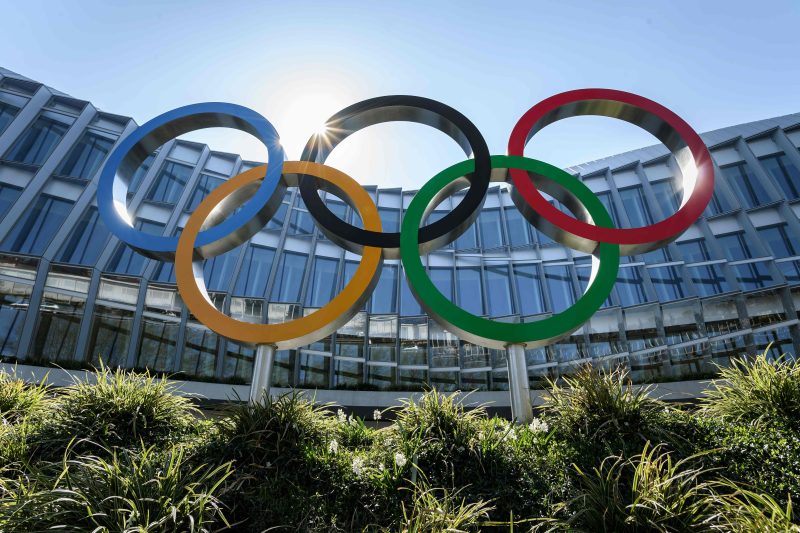Nearly two years ago, Congress commissioned a group of experts to dig into the Olympic and Paralympic movement in the United States − including what, if anything, is broken and how it can be fixed.
On Friday, the group returned with its findings and a sweeping list of recommendations for Congress, most notably involving the U.S. Center for SafeSport and youth sports.
In a 277-page report, the Commission on the State of U.S. Olympics and Paralympics recommended that Congress effectively overhaul the funding model behind SafeSport, which was created in 2017 and is tasked with investigating allegations of abuse in Olympic and Paralympic sports. The commission is urging lawmakers to both increase the funding for SafeSport and fund the center directly, making it financially independent from the U.S. Olympic and Paralympic Committee, similar to the current funding model for the U.S. Anti-Doping Agency.
‘If athletes’ safety is as much of a public value as fair competition, SafeSport needs to have public support,’ the commission wrote in its report.
As part of its findings, the commission noted that SafeSport not only receives $20 million annually from the USOPC, as required by law, but that it also receives funding from national governing bodies that is tied directly to the reports of abuse filed within their individual sports − including $3,000 for ‘high cost’ cases. The commission stressed that such a funding model could disincentivize sports bodies to report allegations of abuse.
‘If governing bodies have problems with abuse, the answer is not to impose a tax on reporting abuse,’ the commission said.
Friday’s report also highlighted some of the flaws and issues in SafeSport’s current processes, which have been a source of simmering frustration among Olympic sports leaders in recent years. It cited, among other things, SafeSport’s ability to accept jurisdiction of a case and then administratively close it − leaving leaders in that individual sport in the dark about the specific nature and scope of the allegations, and what could or should be done to address them.
SafeSport chief executive officer Ju’Riese Colón said in a statement that the center welcomed the commission’s recognition of ‘progress we’ve made in standing up a model that has never existed before’ and agrees with its recommendations on funding.
‘Regardless of whether the additional funding continues to come through the USOPC as required by federal law, or directly from Congressional appropriations, it needs to increase substantially to allow the Center to better fulfill our mission of keeping America’s athletes safe,’ Colón said.
The changes to SafeSport were among 12 recommendations put forth by the commission, which was led by University of Baltimore professor Dionne Koller and Han Xiao, the former chairman of the USOPC’s Athletes’ Advisory Council.
The commission also recommended sweeping changes to the youth sports infrastructure in the U.S., starting with the creation of a dedicated office to oversee youth sports under the umbrella of the U.S. Department of Health and Human Services. Changes to USOPC governance and improved, more equitable access for para athletes were among the commission’s other key findings.
‘We need a better long-term vision for how we organize Olympic- and Paralympic-movement sports in America: one that ensures participants’ safety, promotes equitable access, and holds governing systems accountable through transparency and a commitment to due process,’ the commission concluded.
Sarah Hirshland, the CEO of the USOPC, said in part of a statement that the organization has ‘undergone a profound transformation’ since Congress established the commission.
‘We look forward to reviewing the Commission’s findings and recommendations and being a constructive participant in making our organization and the Olympic and Paralympic movements stronger,’ she said.
Contact Tom Schad at tschad@usatoday.com or on social media @Tom_Schad.

